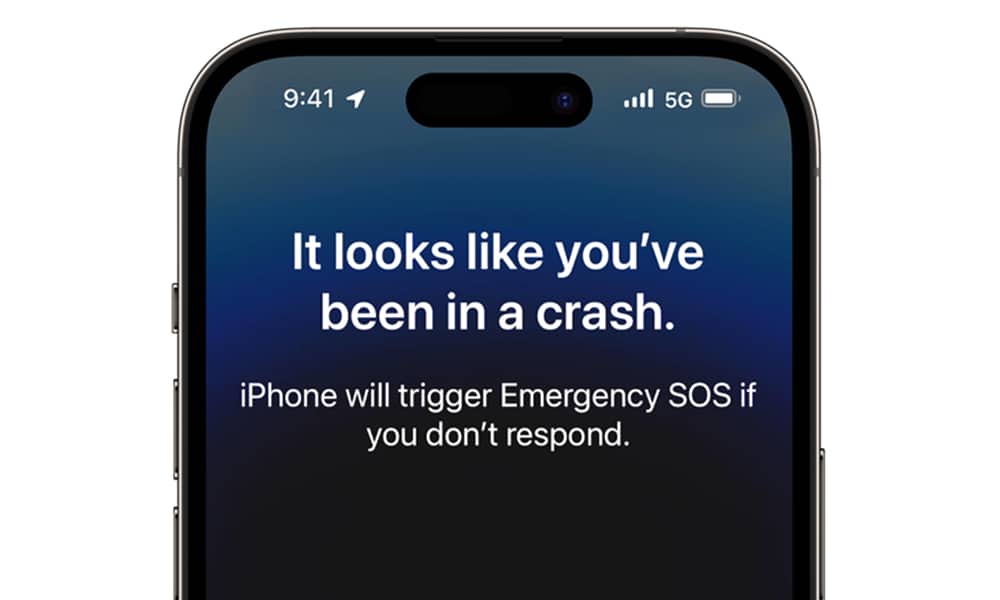Busted: Hit and Run Suspect’s iPhone Calls the Police
 Apple
Apple
Toggle Dark Mode
There’s no shortage of stories about Apple’s Crash Detection feature saving lives. It’s available on the iPhone 14 and later models, the Apple Watch Series 8 or newer, the Apple Watch SE (2nd Generation), and the Apple Watch Ultra. All of these iPhones and Apple Watches were released in 2022. Crash Detection is enabled by default on all supported iPhones and watches.
Unfortunately for one would-be hit-and-run suspect in Florida, this life-saving feature did something quite different from saving his life: it ratted him out to the police.
According to multiple reports, 28-year-old Jerome Williams crashed his car into a retaining wall in the early morning hours on Sunday, April 27th, in Leesburg, Florida. While the events leading to the crash haven’t been disclosed, we know from reports that Williams ditched his car and attempted to flee the scene on foot. Little did he realize that his iPhone had already alerted authorities with a 911 call from its Crash Detection feature.
According to Apple’s Crash Detection support page, Williams would have had at least 40 seconds to dismiss the alert before the police were called. If Crash Detection isn’t canceled within 10 seconds, your iPhone will begin another 30-second countdown, during which it makes loud whoops, aggressively vibrates (or taps on your Apple Watch), and flashes lights.
If there’s still no response, the iPhone plays a looped audio message to first responders, telling them “the owner of this iPhone was in a severe car crash and is not responding to their phone.” This also plays through the iPhone’s speakers. Of course, your location coordinates are also shared. Williams was quickly arrested by police and is now facing charges.
If you’re planning a quick getaway and want to disable Crash Detection, you can do so by going to Settings > Emergency SOS and turning off Call After Severe Crash. Disabling Crash Detection on one Apple device will turn it off on all of your paired Apple devices.
However, we don’t recommend it — at least not under normal circumstances. You may want to temporarily disable it to prevent false alerts when skiing or engaging in other extreme sports, but don’t forget to turn it on again before you get back in the car.
We also recommend going a step further and setting up your Medical ID and adding emergency contacts so your loved ones are notified automatically and first responders have the critical health information they need to give you proper medical care.
If you need any excuse to upgrade your iPhone before the full tariff storm makes landfall, maybe upgrading to a model with Crash Detection is worth it. Hardware sensors like a high-g accelerometer, gyroscope, microphone, barometer (to detect pressure changes like airbag deployment), and GPS are combined with software to detect front, side, and rear-impact automobile collisions and rollovers. Crash Detection is not designed to detect motorcycle accidents, so keep that in mind. Stay safe and smart, everyone!








